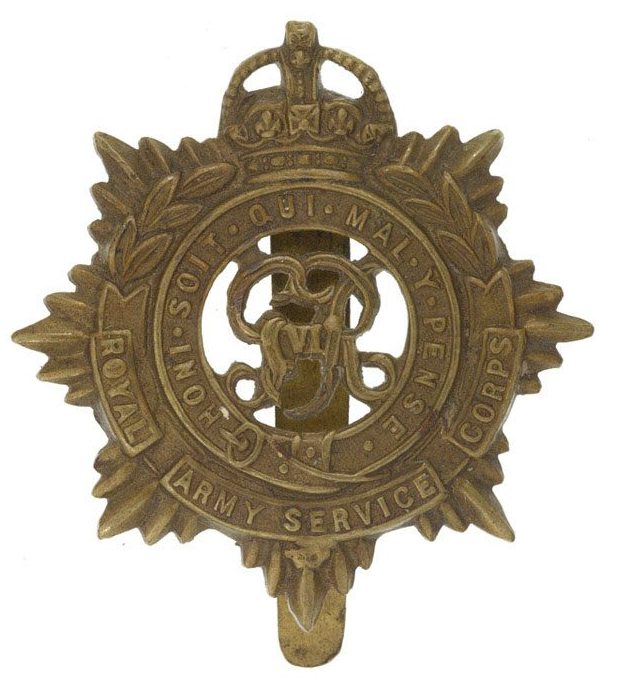Personal Details
Born: 30 June 1889 in Oswestry, Shropshire and baptised on 25 July the same year in St. Oswald’s Church, Oswestry.
Family: He was the eldest of seven children born to George Evans, a locomotive engine driver, and his wife Mary. He married Ada Mountford in 1920 in Birmingham, Warwickshire and together they possibly had three children – Irene M, Barrie and Paul.
Residence: The family were living at 75 Beatrice Street, Oswestry at the time of his baptism. By 1901 they had moved to 18 Llwyn Road, Oswestry. In 1911 he was living at The Stables, Penylan, Oswestry. The address shown on the 1919 Absent Voters’ Register is 36 Worthington Street which is also the address to which he was discharged from military service in 1919. Having married in 1920, he lived at a number of addresses during the 1920s and 1930s in Birmingham – 133 Little Green Lane, 234 Small Heath Place and 43 Ashton Road, his address in 1939.
Employment: He was a groom in 1911; his military attestation stated he was a shoeing smith (this was his occupation during military service). In 1939 he was a master shoeing smith.
Died: In 1957 in Birmingham, aged 68.
Military Details
Regiment: Royal Army Service Corps (previously Warwickshire Yeomanry)
Rank: Shoeing Corporal
Service Number: T/418963 (previously 2261)
Date of Enlistment: 5 September 1914
Date of Discharge: 2 August 1919
Reason for Discharge: Disembodied
Other Information: His brother Frederick Bolas also served in WW1.
George was awarded the Campaign Medals (1914 Star, British War Medal, and Victory Medal)

The 1914 Star (also known as 'Pip') was authorised under Special Army Order no. 350 in November 1917 and by an Admiralty Fleet Order in 1918, for award to officers and men of the British and Indian Expeditionary Forces who served in France or Belgium between 5 August and midnight of 22–23 November 1914. The former date is the day after Britain's declaration of war against the Central Powers, and the closing date marks the end of the First Battle of Ypres.
The 1914–15 Star (also known as 'Pip') was instituted in December 1918 and was awarded to officers and men of British and Imperial forces who served against the Central European Powers in any theatre of the Great War between 5 August 1914 and 31 December 1915. The period of eligibility was prior to the introduction of the Military Service Act 1916, which instituted conscription in Britain.
The British War Medal (also known as 'Squeak') was a silver or bronze medal awarded to officers and men of the British and Imperial Forces who either entered a theatre of war or entered service overseas between 5th August 1914 and 11th November 1918 inclusive. This was later extended to services in Russia, Siberia and some other areas in 1919 and 1920. Approximately 6.5 million British War Medals were issued. Approximately 6.4 million of these were the silver versions of this medal. Around 110,000 of a bronze version were issued mainly to Chinese, Maltese and Indian Labour Corps. The front (obv or obverse) of the medal depicts the head of George V. The recipient's service number, rank, name and unit was impressed on the rim.
The Allied Victory Medal (also known as 'Wilfred') was issued by each of the allies. It was decided that each of the allies should each issue their own bronze victory medal with a similar design, similar equivalent wording and identical ribbon. The British medal was designed by W. McMillan. The front depicts a winged classical figure representing victory. Approximately 5.7 million victory medals were issued. Interestingly, eligibility for this medal was more restrictive and not everyone who received the British War Medal ('Squeak') also received the Victory Medal ('Wilfred'). However, in general, all recipients of 'Wilfred' also received 'Squeak' and all recipients of The 1914 Star or The 1914/1915 Star (also known as 'Pip') also received both 'Squeak' and 'Wilfred'. The recipient's service number, rank, name and unit was impressed on the rim.

